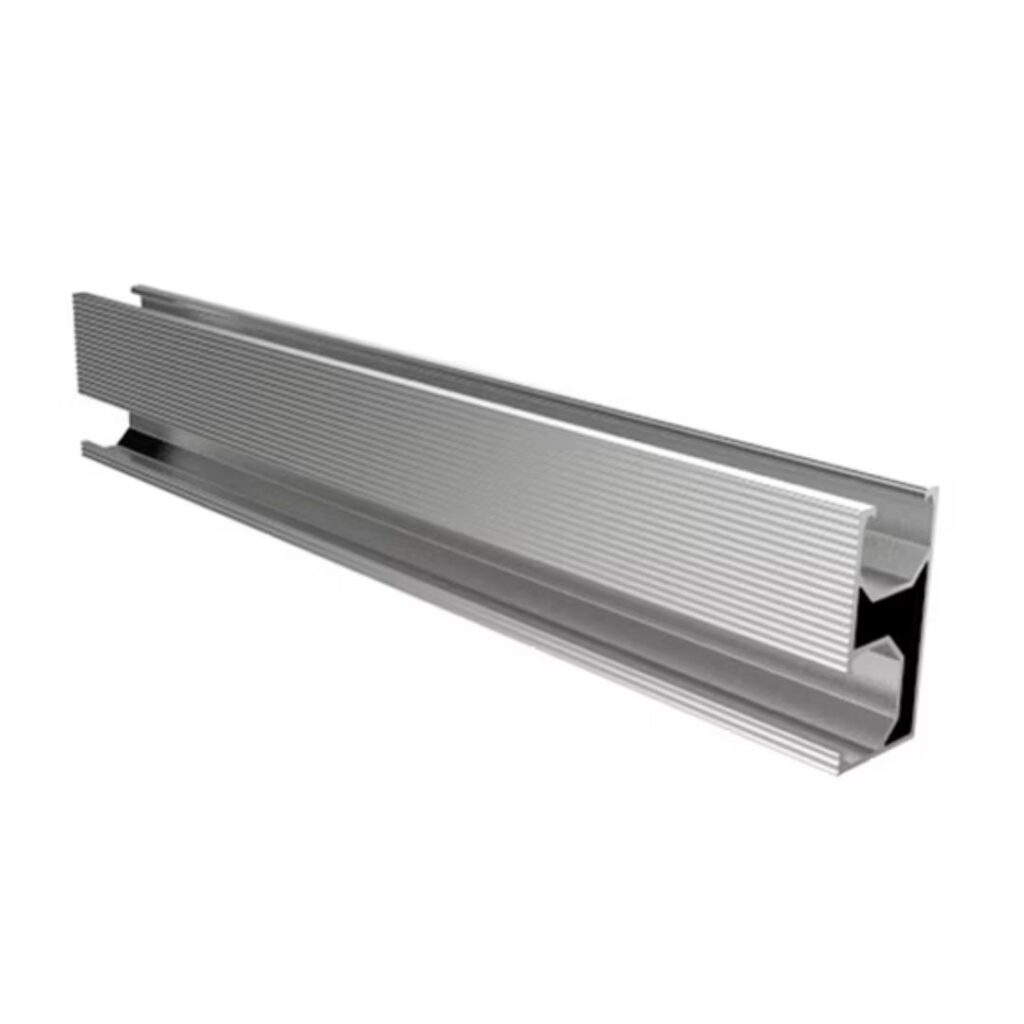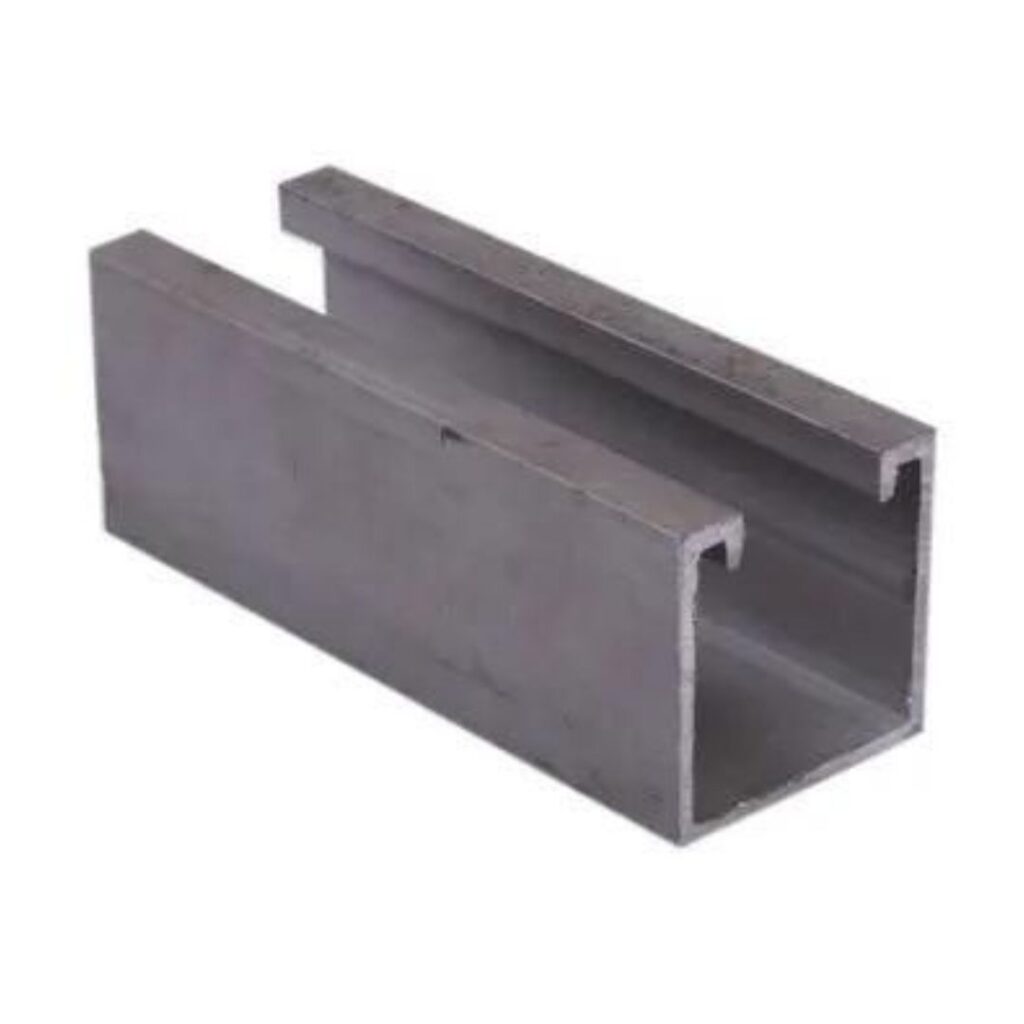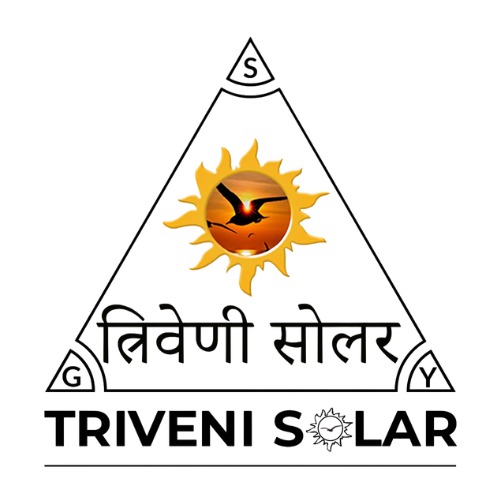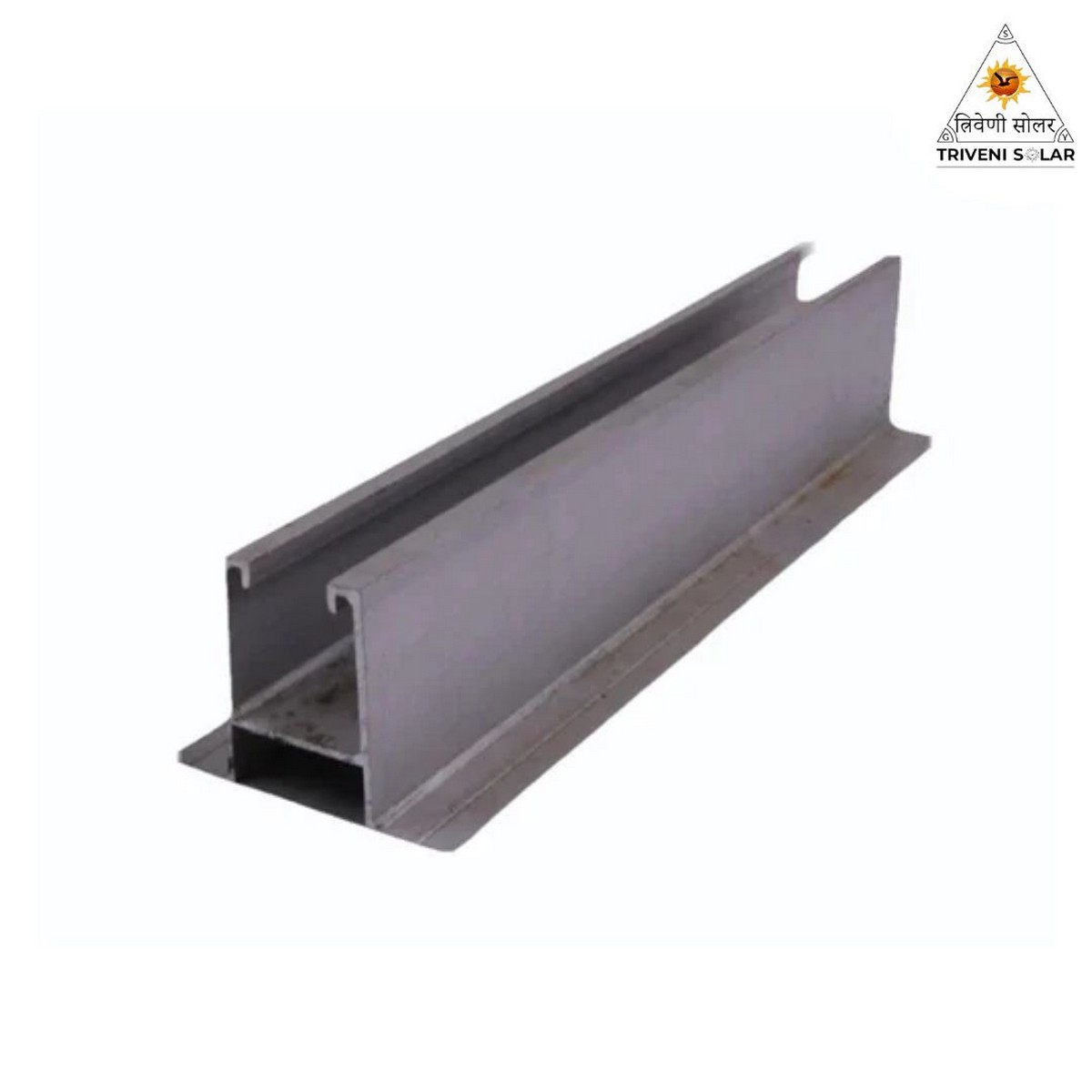Rail-Based Mounting Systems provide a secure and reliable foundation for solar panel installations, optimizing energy capture and reducing maintenance. Designed for durability and ease of installation, these systems support various roof types, enhance efficiency, and ensure long-term performance for residential, commercial, and industrial solar projects.
Table of Contents
- Introduction: The Rise of Rail-Based Mounting Systems
- What Are Rail-Based Mounting Systems?
- Key Components of Rail-Based Mounting Systems
- Why Choose Rail-Based Mounting Systems for Solar Panels?
- Types of Rail-Based Mounting Systems
- For Flat Roofs
- For Pitched Roofs
- For Ground-Mounted Solar Panels
- Benefits of Rail-Based Mounting Systems
- How Rail-Based Mounting Systems Improve Installation Efficiency
- Technical Specifications & Materials Used
- Case Studies: Successful Solar Installations
- Installation Tips and Best Practices
- Common FAQs About Rail-Based Mounting Systems
- Conclusion: Choose the Best Rail-Based Mounting Systems
Introduction: The Rise of Rail-Based Mounting Systems
In recent years, the solar energy market in India and worldwide has witnessed tremendous growth. Homeowners, businesses, and industries are increasingly adopting solar panels to cut energy costs and contribute to a sustainable future.
At the heart of an efficient solar setup lies a reliable mounting system. Among various options, Rail-Based Mounting Systems have emerged as the most versatile and durable solution. From residential rooftops to large commercial solar farms, these systems provide the backbone for solar panel stability and longevity.
What Are Rail-Based Mounting Systems?
A rail-based mounting system is a structured framework that securely holds solar panels in place. Unlike fixed or pre-assembled mounting solutions, rail-based systems are modular, adjustable, and suitable for different panel sizes and roof types.
Think of it as the “skeleton” of your solar installation—without a strong foundation, solar panels are prone to misalignment, damage, and reduced efficiency. Rail-based mounts ensure every panel stays securely in place, even during harsh weather conditions like heavy winds or rain.

Key Components of Rail-Based Mounting Systems
Rail-based systems are composed of several essential components, each playing a critical role in the system’s overall performance:
| Component | Function |
|---|---|
| Rails | Provide the structural backbone for mounting solar panels. |
| Clamps | Secure panels to rails, preventing movement and damage. |
| Brackets | Attach the rails to the roof or ground support system. |
| End Caps | Protect the rails’ edges from weather and prevent corrosion. |
| Bolts & Fasteners | Ensure the entire assembly is tightly secured and stable. |
By carefully designing these components, manufacturers can ensure durability, stability, and easy installation for various applications.
Why Choose Rail-Based Mounting Systems for Solar Panels?
Rail-based systems have become the preferred choice for installers and homeowners for several compelling reasons:
- Durability & Strength: High-quality aluminum rails resist corrosion and can withstand heavy loads.
- Versatility: Compatible with almost all solar panels and adaptable to different roof types.
- Easy Installation: Modular design reduces labor time and allows adjustments during setup.
- Long-Term Performance: Ensures panels stay secure for decades, maximizing ROI.
Types of Rail-Based Mounting Systems
Rail-based systems are designed to cater to different installation environments. Here are the main types:
For Flat Roofs
Flat roof installations require mounts that can tilt panels to optimize sunlight exposure. Rail-based systems offer adjustable tilt angles, ensuring maximum energy output.
For Pitched Roofs
Pitched roofs demand careful alignment and secure attachment. Rail-based systems provide brackets and rails designed for sloped surfaces, maintaining panel stability.
For Ground-Mounted Solar Panels
For solar farms or open-field installations, ground-mounted rail systems support heavy panels, resist wind loads, and allow scalable expansion for large projects.
Benefits of Rail-Based Mounting Systems
Adopting a rail-based system brings multiple advantages:
- Enhanced Energy Efficiency: Panels can be positioned for optimal sun exposure.
- Durability & Weather Resistance: Aluminum rails and corrosion-resistant finishes ensure long-lasting performance.
- Cost-Effective: Reduces installation time and maintenance costs.
- Eco-Friendly: Supports sustainable energy initiatives.
- Increased Property Value: Solar-ready homes and businesses attract higher value.
How Rail-Based Mounting Systems Improve Installation Efficiency
Efficiency in installation is crucial to reduce costs and downtime. Rail-based systems simplify the process:
- Modular rails allow quick assembly.
- Pre-engineered clamps reduce manual adjustments.
- Lightweight materials make handling easier for installation teams.
- Fewer points of failure minimize the risk of future maintenance.
This efficiency translates into faster project completion and higher ROI.
Technical Specifications & Materials Used
Understanding the technical details ensures you select the right system for your project:
| Specification | Details |
|---|---|
| Material | High-grade aluminum alloy for strength and lightness |
| Finish | Anodized or powder-coated for corrosion resistance |
| Load Capacity | Supports heavy panels, designed for high wind loads |
| Tilt Angle | Adjustable 0–60° depending on roof orientation |
| Mounting Options | Compatible with flat, pitched, and ground setups |
These specifications ensure durability, safety, and long-term performance.
Case Studies: Successful Solar Installations
Residential Project
A Bangalore-based homeowner installed a 5 kW solar system using rail-based mounts. The system optimized sunlight exposure, resulting in a 20% increase in energy output compared to previous fixed-mount solutions.
Commercial Project
A factory in Pune deployed a 200 kW solar farm using rail-based mounts. The modular system allowed quick assembly, reducing installation time by 25% while maintaining panel alignment and stability.
Installation Tips and Best Practices
- Always verify roof or ground load capacity before installation.
- Use corrosion-resistant fasteners for long-term durability.
- Maintain consistent spacing between rails for panel stability.
- Adjust tilt angles seasonally for optimal sunlight capture.
- Regularly inspect clamps and bolts for wear or loosening.
These tips ensure maximum efficiency, safety, and longevity.

Common FAQs About Rail-Based Mounting Systems
Q1: Are rail-based systems suitable for all roof types?
A1: Yes, they are versatile and compatible with flat, pitched, and even ground-mounted setups, making them ideal for most solar projects.
Q2: How long do rail-based mounting systems last?
A2: With quality aluminum construction and corrosion-resistant finishes, these systems typically last 20–25 years, matching solar panel lifespans.
Q3: Can I adjust the tilt angle after installation?
A3: Most rail-based systems allow post-installation tilt adjustments to optimize solar energy capture.
Q4: Do they require frequent maintenance?
A4: Minimal maintenance is needed. Periodic inspection of clamps, bolts, and rails is sufficient to ensure longevity.
Q5: Are rail-based systems cost-effective?
A5: Yes, they reduce installation time, enhance efficiency, and provide long-term savings on maintenance and energy costs.
Conclusion: Choose the Best Rail-Based Mounting Systems
Investing in rail-based mounting systems is a smart choice for anyone looking to maximize their solar panel efficiency while ensuring long-term durability. These systems offer unmatched versatility, ease of installation, and cost-effective solutions for residential, commercial, and industrial projects.
At SolarStructure.co.in, we provide premium-quality rail-based mounting systems backed by expert engineering and industry-standard certifications. Secure your solar panels, optimize your energy output, and step confidently into a sustainable future.
📞 Contact Us Today to explore our full range of mounting solutions and get a personalized quote for your project.


